Integrated Circuits
Audio Special Purpose
What are Audio Special Purpose ICs?
Audio Special Purpose ICs (Integrated Circuits) are specialized semiconductor devices that are designed to perform specific tasks related to audio processing like filtering, driving, amplifying, converting, and interfacing audio signals. The characteristics are function, applications, number of channels, interface, voltage, and specifications. The applications include audio systems, automotive audio, consumer audio, musical instruments, professional audio, communication systems, telecommunication systems, digital audio, driver, pre-amplifier, signal mixing, signal processing, voice trigger solution, or 10 Base-T.
How do an audio IC works?
An audio IC (integrated circuit) is a specially designed electronic device that is used to create, process, and amplify audio signals. It is usually a single chip that contains multiple components, such as amplifiers, filters, and signal processing circuits. Audio ICs can be used in a variety of applications, such as amplifying sound for a speaker, recording sound for a microphone, or creating digital audio signals for a computer. Audio ICs typically require power and ground connections as well as input and output signals. When an audio signal is applied to the input of an audio IC, the signal can be processed, amplified, and then output as a digital signal or an analog signal.
What is audio IC used for?
Audio ICs (integrated circuits) are used to control and amplify sound signals in audio equipment, such as amplifiers, speakers, and other sound-producing devices. They are also used to control and filter sound signals in sound recording and production equipment, such as mixers and soundboards. Audio ICs are used in a variety of consumer electronics, from smartphones and tablets to car audio systems.
What are the advantages and disadvantages of Audio Special Purpose ICs?
Advantages:
Audio special-purpose ICs can provide superior sound quality and a wide range of features, such as built-in equalizers, audio filters, and other effects. They can reduce the number of components required to create a sound system. They can be used to create more complex sound systems with fewer components. They are cost-effective and require less space than discrete components.
Disadvantages:
Audio special-purpose ICs can be difficult to troubleshoot if something goes wrong. They may not be as flexible as discrete components. They may limit the sound quality and range of features available. They can be expensive and may need to be replaced if they become obsolete.
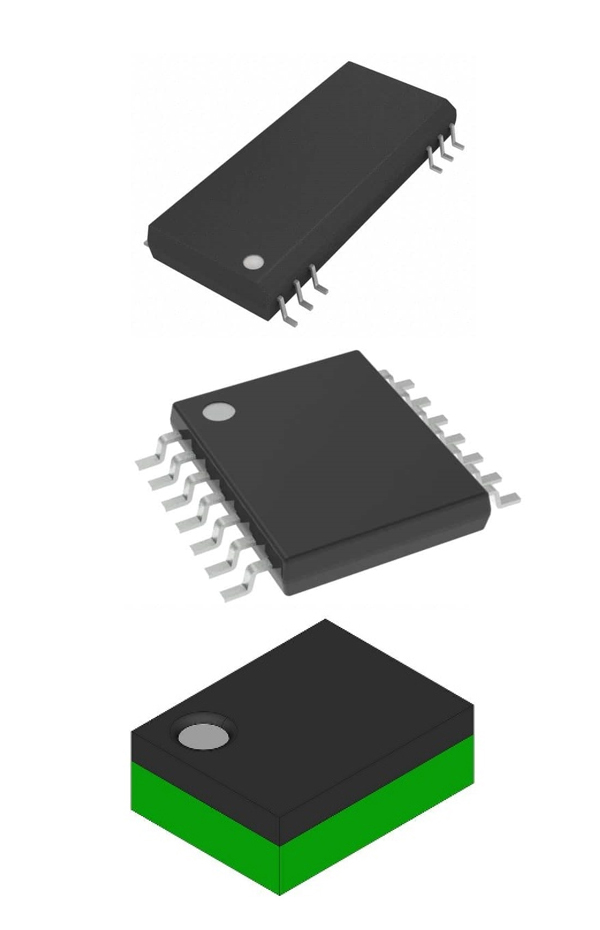
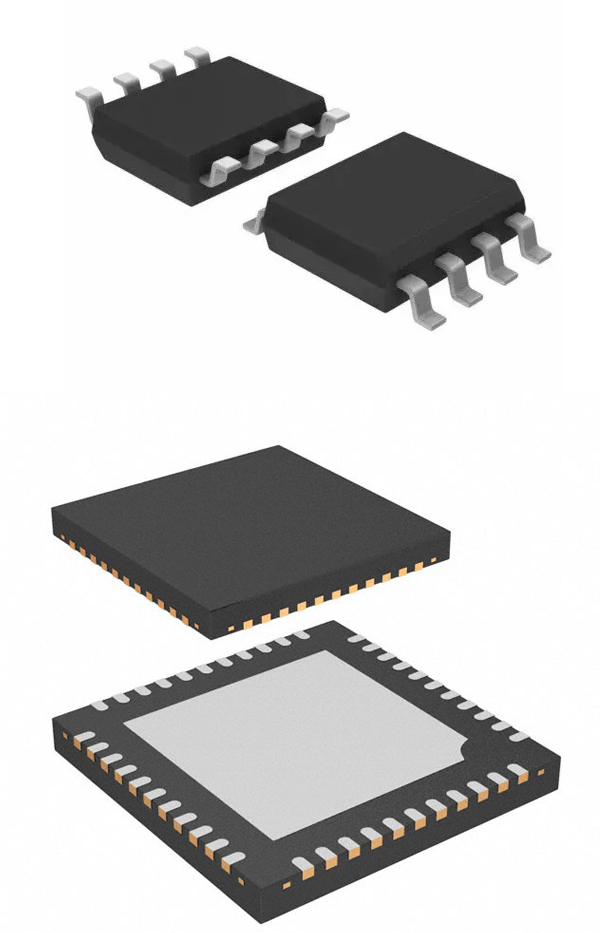
Clock /Timing
A real-time clock IC (RTC IC) is an integrated circuit that keeps track of the current time and date, typically counting seconds, minutes, hours, days, months, and year with leap-year compensation.
integrated circuits (ICs) of sufficient complexity use a clock signal in order to synchronize different parts of the circuit, cycling at a rate slower than the worst-case internal propagation delays. In some cases, more than one clock cycle is required to perform a predictable action. A clock IC is an electronic device that is used for the generation, manipulation, distribution, conditioning, or controlling of a timing signal in electronic systems. A timing IC is used to control sequences of events in electronic systems.

Data Acquisition
Data acquisition is the process of sampling signals that measure real-world physical conditions and converting the resulting samples into digital numeric values that can be manipulated by a computer. Data acquisition systems, abbreviated by the acronyms DAS, DAQ, or DAU, typically convert analog waveforms into digital values for processing. The components of data acquisition systems include:
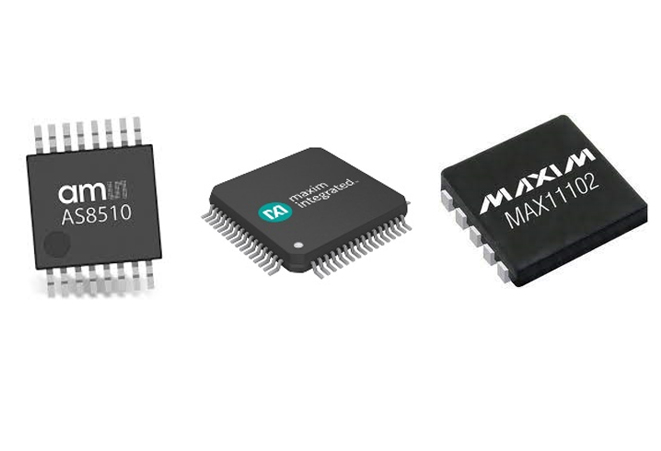
Embedded
An IC is the fundamental building block of all modern electronic devices. As the name suggests, it's an integrated system of multiple miniaturized and interconnected components embedded into a thin substrate of semiconductor material (usually silicon crystal C language variation created expressly for creating embedded systems is called embedded C. Embedded systems are computer systems that are designed to perform a specific task and are embedded in other devices such as cars, appliances, and medical devices.

Interfacce
IC Interfaces Selection Guide: Types, Features, Applications ... Integrated circuit (IC) interfaces are semiconductor chips that are used to control and manage the sharing of information between devices.
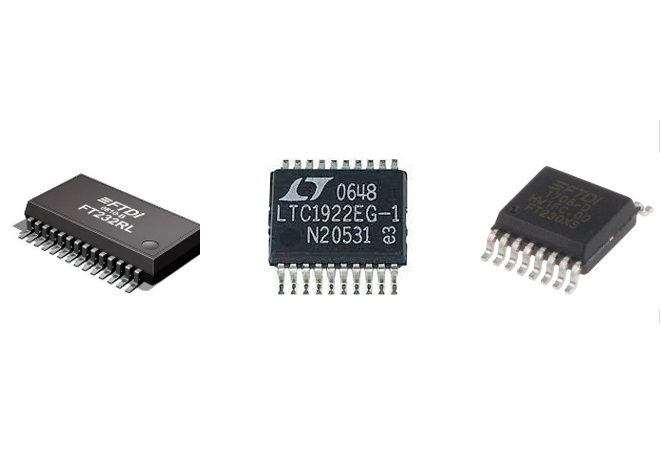
Linear
A linear integrated circuit or analog chip is a set of miniature electronic analog circuits formed on a single piece of semiconductor material.

Logic
A logic IC is a semiconductor device that implements a basic logical operation that is performed on one or more digital input signals (represented by 1 and 0 or H and L) to produce a digital output signal.
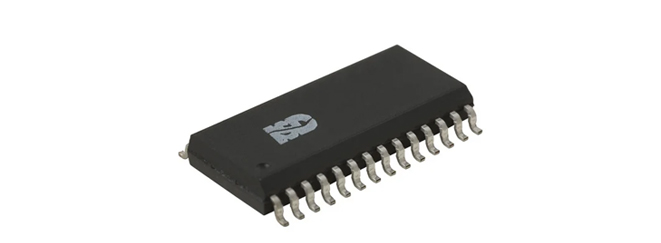
Memory
An IC that has the memory cells to store the data/information in it and also has other circuits that are needed to access the stored data like address selection circuits, amplification circuits etc.

Power Management
A power management integrated circuit (PMIC) is used to manage power on an electronic devices or in modules on devices that may have a range of voltages. The PMIC manages battery power charging and sleep modes, DC-to-DC conversion, scaling of voltages down or up, among others.

Specialized IC
Specialized integrated circuits (ICs) or chips are designed to carry out specific functions.
